
Articles
How Does A Dimmer Switch Work
Modified: August 28, 2024
Learn how a dimmer switch works and how it can create the perfect ambiance in your home. Explore informative articles on dimmer switch technology and installation tips.
(Many of the links in this article redirect to a specific reviewed product. Your purchase of these products through affiliate links helps to generate commission for Storables.com, at no extra cost. Learn more)
Introduction
Dimmer switches are a common feature in households and commercial buildings alike. They provide a convenient way to control the brightness of lighting fixtures, allowing users to create the desired ambiance in any room. But have you ever wondered how dimmer switches actually work?
In this article, we will delve into the fascinating world of dimmer switches and explore their functionality, components, types, and benefits. Whether you are a homeowner looking to upgrade your lighting system or simply curious about the inner workings of these devices, this article will provide you with a comprehensive understanding of dimmer switches.
So, let’s shed some light on how dimmer switches make it possible to have versatile and customizable lighting in your living space.
Key Takeaways:
- Dimmer switches use pulse width modulation to control the flow of electricity, allowing for versatile lighting ambiance. Understanding their components, types, and benefits empowers informed decisions for upgrading lighting systems.
- Proper installation, bulb compatibility, and regular maintenance are crucial for maximizing the benefits of dimmer switches. Experimenting with different lighting levels and seeking professional help ensure an ideal lighting environment.
Read more: What Is A Dimmer Switch
Basic Functionality of Dimmer Switches
Dimmer switches are designed to adjust the brightness of light fixtures by controlling the amount of electricity flowing to them. Unlike traditional on/off switches that simply allow or block the flow of electricity, dimmer switches offer a range of intensity levels, allowing users to create the perfect ambiance for any occasion.
The key principle behind dimmer switch functionality is pulse width modulation (PWM). In simple terms, PWM works by rapidly switching the flow of electricity on and off, creating an average voltage that determines the brightness of the light. By adjusting the duration of the on and off cycles, the dimmer switch controls the overall voltage applied to the light fixture, thereby regulating its brightness.
When the dimmer switch is turned to its maximum setting, it allows the full voltage to pass through, resulting in the brightest light output. Conversely, when the switch is set to its lowest position, it reduces the amount of voltage sent to the light fixture, resulting in a dimmer light.
It is important to note that dimmer switches are specifically designed for use with compatible light fixtures. Not all lighting products are compatible with dimmers, especially those utilizing certain technologies such as fluorescent or LED lighting. Therefore, it is crucial to check the compatibility of your light fixtures before installing a dimmer switch.
Now that we understand the basic functionality of dimmer switches, let’s explore the components that enable them to perform their magic.
Components of a Dimmer Switch
A dimmer switch consists of several key components that work together to regulate and control the brightness of a light fixture. Understanding these components will give you insights into how a dimmer switch operates.
- Control Dial or Slider: This is the part of the dimmer switch that allows users to adjust the brightness levels. It can take the form of a dial, a slider, or a touch-sensitive panel.
- Triac: The heart of a dimmer switch is the triac, which stands for “triode for alternating current.” The triac is a semiconductor device that controls the flow of electricity by regulating the on and off cycles. It modulates the current based on the user’s input from the control dial or slider.
- Diodes: Diodes are used to protect the dimmer switch from power surges. They ensure that the electrical current flows in only one direction, preventing any damage to the internal components.
- Heat Sink: Since dimmer switches can generate heat due to the current modulation, a heat sink is included to dissipate the excess heat and prevent overheating. It helps ensure the safe operation and longevity of the dimmer switch.
- Capacitors: Capacitors are utilized to filter out any electrical noise or interference that may be introduced when using a dimmer switch. They help provide a smooth and consistent flow of electricity, minimizing any flickering or buzzing in the lights.
- Transformer: In some dimmer switches, especially those designed for low-voltage lighting systems, a transformer is included to convert and regulate the voltage to the appropriate level for the light fixtures.
These components work harmoniously to ensure that the dimmer switch can accurately control the brightness levels of the connected light fixtures. By understanding the components, you can appreciate the complexity and engineering that goes into creating these devices.
Now that we have examined the components of a dimmer switch, let’s take a look at the different types of dimmer switches available in the market.
Types of Dimmer Switches
Dimmer switches come in a variety of types, each offering unique features and compatibility with different types of lighting fixtures. Let’s explore some common types of dimmer switches:
- Incandescent Dimmer: This is the most basic type of dimmer switch and is compatible with traditional incandescent bulbs. It adjusts the brightness by reducing the amount of current flowing through the bulb.
- LED Dimmer: LED dimmer switches are specifically designed for use with LED (light-emitting diode) lights. They are engineered to work with the lower wattage and different electrical requirements of LED bulbs. LED dimmers are essential for controlling the brightness of LED fixtures effectively.
- Halogen Dimmer: Halogen dimmers are designed to regulate the brightness of halogen bulbs. These dimmers are compatible with both line-voltage and low-voltage halogen lighting systems.
- Universal Dimmer: Universal dimmer switches offer flexibility by being compatible with a wide range of lighting technologies, including incandescent, LED, and halogen. They are often the go-to choice for homeowners who have a mix of bulb types in their lighting setup.
- Smart Dimmer: With the rise of home automation technology, smart dimmer switches have become increasingly popular. These dimmers can be controlled remotely via smartphone apps or integrated into voice-controlled smart home systems. They offer advanced features such as dimming schedules, scene settings, and energy monitoring.
It is important to select the appropriate dimmer switch based on the type of light fixture you have in your home or commercial space. Using an incompatible dimmer switch can lead to flickering lights, reduced bulb lifespan, or even damage to the dimmer switch itself.
Now that we have covered the types of dimmer switches available, let’s delve into how these switches control the intensity of light.
How Dimmer Switches Control Light Intensity
Dimmer switches control light intensity by regulating the voltage or current that reaches the light fixture. The method used depends on the type of dimmer switch and the lighting technology being utilized. Let’s take a closer look at how different dimmer switches control light intensity:
- Phase Control Dimming: This method is commonly used in incandescent and halogen dimmer switches. It works by altering the amount of time the voltage is applied to the light fixture during each electrical cycle. By delaying the firing of the triac, the switch reduces the average power supplied to the bulb, resulting in dimmer light output.
- PWM Dimming: PWM dimming is commonly found in LED dimmer switches. Instead of altering the voltage provided to the bulb, PWM dimming rapidly turns the current on and off at different intervals. By adjusting the duration of each on and off cycle, the switch effectively controls the average power supplied to the LED, thus dimming the light output.
- 0-10V Dimming: This type of dimming uses a control signal ranging from 0 to 10 volts to adjust the light intensity. A separate control wire is required alongside the power supply wire to transmit the control signal. It is commonly used in commercial and industrial settings.
- Digital Dimming: Digital dimming technology uses digital signals to control the light intensity. These dimmers communicate with smart lighting fixtures, allowing for precise and smooth adjustments in brightness levels. Digital dimming offers advanced features such as programming multiple lighting zones and setting up lighting scenes.
It’s important to note that not all dimmer switches are compatible with all lighting technologies. Using the wrong type of dimmer switch for your specific light fixtures can cause issues such as flickering, buzzing, or insufficient dimming range. Always consult the manufacturer’s guidelines or seek professional advice to ensure compatibility.
Now that we understand how dimmer switches control light intensity, let’s explore the benefits they offer to homeowners and businesses.
A dimmer switch works by adjusting the voltage and current flowing to the light fixture, allowing you to control the brightness of the light. It does this by rapidly turning the power on and off, creating the effect of dimming.
Benefits of Dimmer Switches
Dimmer switches offer a range of benefits that make them a popular choice for homeowners and businesses alike. Let’s explore some of the advantages of using dimmer switches:
- Energy Efficiency: One of the key benefits of dimmer switches is their ability to save energy. By reducing the brightness of your lighting fixtures, you can lower your energy consumption and ultimately reduce your electricity bills. Dimming the lights by just 10% can translate to significant energy savings over time.
- Enhanced Ambiance: Dimmable lights give you the ability to create the perfect ambiance for any room or occasion. Whether you want soft and subtle lighting for a cozy movie night or bright and vibrant illumination for a social gathering, dimmer switches allow you to set the mood effortlessly.
- Extended Bulb Lifespan: Dimming the lights not only saves energy but can also extend the lifespan of your light bulbs. By reducing the voltage or current flowing through the bulbs, dimmer switches reduce stress on the filaments or LED components, increasing their longevity and reducing the frequency of bulb replacements.
- Flexibility and Customization: Dimmer switches offer unparalleled flexibility when it comes to lighting control. With the ability to adjust the brightness levels to your preference, you can easily adapt the lighting to different activities or time of day. Whether you need bright task lighting for work or a gentle glow for relaxation, a dimmer switch can provide the perfect lighting environment.
- Improved Comfort and Well-being: Controlling the brightness of your lights can have a positive impact on your comfort and well-being. Harsh or overly bright lighting can cause eye strain or discomfort, while dimmed and soft lighting can create a more relaxed and soothing atmosphere, promoting a sense of calm and relaxation.
From energy savings and ambiance control to extended bulb lifespan and improved comfort, dimmer switches offer a multitude of benefits for any space. Whether you install them in your living room, bedroom, or commercial establishment, dimmer switches are a valuable addition to any lighting system.
Now that we’ve explored the benefits, let’s move on to the practical side of installing and wiring a dimmer switch.
Installing and Wiring a Dimmer Switch
Installing a dimmer switch is a relatively straightforward process, but it does require some electrical knowledge and caution. Follow these general steps to install and wire a dimmer switch:
- Turn Off Power: Before starting any electrical work, turn off the power to the circuit you will be working on. Locate the circuit breaker or fuse box and switch off the corresponding breaker or remove the fuse.
- Remove Existing Switch: Carefully remove the existing switch from the electrical box. Use a screwdriver to unscrew the switch plate and disconnect the wires by loosening the terminal screws.
- Prepare the Dimmer Switch: Read the manufacturer’s instructions for your specific dimmer switch. Some switches may require trimming or stripping the wires to the appropriate length. Make sure the dimmer switch is compatible with the type of lighting you have.
- Wire the Dimmer Switch: Connect the wires from the electrical box to the dimmer switch. Most dimmer switches have three wires: hot (black), neutral (white), and ground (green or copper). Follow the wiring diagram provided with the dimmer switch to ensure proper connections.
- Secure and Mount the Dimmer Switch: Once the wires are securely connected, carefully tuck them into the electrical box. Attach the dimmer switch to the box using the provided screws. Make sure the switch is level and aligned with the wall surface.
- Restore Power and Test: Once the dimmer switch is securely mounted, turn the power back on from the circuit breaker or fuse box. Test the dimmer switch by adjusting the brightness levels of the connected light fixtures to ensure proper functionality.
It is essential to follow the manufacturer’s instructions and consult a professional electrician if you are unsure about any aspect of the installation process. Electrical work can be dangerous, and safety should always be a top priority.
Once your dimmer switch is installed and properly wired, you can start enjoying the benefits of customizable lighting throughout your home or business.
Now that we have covered the installation process, let’s address some common issues that may arise with dimmer switches.
Common Issues with Dimmer Switches
While dimmer switches can greatly enhance your lighting experience, they are not without their challenges. Here are some common issues that you may encounter with dimmer switches:
- Flickering Lights: One of the most common issues with dimmer switches is flickering lights. This can occur due to incompatible dimmer switches or bulbs, a dimmer switch that is overloaded, or improper wiring. To resolve this issue, make sure you have the correct dimmer switch for your bulbs and check the wiring connections.
- Buzzing or Humming Sounds: If you hear buzzing or humming sounds coming from your dimmer switch, it could be caused by electromagnetic interference or incompatible components. To fix this issue, you can try installing noise filters or insulated wiring, or consult an electrician for assistance.
- Limited Dimming Range: Some dimmer switches may have a limited range of dimming, where the lights do not dim as low or get as bright as desired. This can be due to improper dimmer switch selection or compatibility issues with the light bulbs. Check the specifications of your dimmer switch to ensure it is suitable for the type of bulbs you are using.
- LED Compatibility: LED bulbs have gained popularity due to their energy efficiency, but not all dimmer switches are compatible with LED technology. Make sure to choose a dimmer switch specifically designed for LED lights to avoid issues such as flickering, buzzing, or limited dimming range.
- Overheating: Dimmer switches can generate heat, especially when used with high load bulbs or when the dimmer is not properly ventilated. If you notice excessive heat around the dimmer switch, consider upgrading to a higher wattage dimmer or checking the ventilation in the electrical box.
If you encounter any of these issues or face any other problems with your dimmer switches, it is always advisable to consult a professional electrician for assistance. They can help diagnose the problem and provide the appropriate solutions to ensure the safe and optimal operation of your dimmer switches.
With these common issues addressed, let’s move on to some tips for using dimmer switches effectively.
Tips for Using Dimmer Switches Effectively
To make the most out of your dimmer switches and create the perfect lighting atmosphere, consider incorporating the following tips:
- Choose the Right Dimmer: Select a dimmer switch that is compatible with the type of lighting technology you have, such as incandescent, LED, or halogen. Using an incompatible dimmer switch can lead to issues like flickering or limited dimming range.
- Consider Multi-Way Dimming: If you have a large room or area with multiple light switches controlling the same set of lights, consider installing multi-way dimming switches. This allows you to control the lights from different locations, providing convenience and flexibility.
- Experiment with Different Lighting Levels: Dimmer switches offer a wide range of lighting possibilities. Don’t be afraid to experiment with different brightness levels to find the perfect ambiance for each room or activity. Adjust the lights to match your mood, whether it’s a cozy dinner party or a productive work session.
- Be Mindful of Bulb Compatibility: Different types of light bulbs have different dimming capabilities. Make sure the bulbs you are using are labeled as “dimmable” and compatible with your dimmer switch. Using non-dimmable bulbs can lead to flickering or damage to both the bulb and the dimmer switch.
- Pay Attention to Heat Dissipation: Dimmer switches can generate heat, especially when used with high-wattage bulbs. Ensure that the dimmer switch has proper ventilation and is not overloaded. If you notice excessive heat, consider using a lower-wattage bulb or upgrading to a higher-wattage dimmer switch.
- Regularly Clean and Inspect: Keep your dimmer switches clean and free from dust or debris. Periodically inspect the switch and its components to ensure they are in good condition. Address any loose connections or signs of damage promptly to maintain optimal functionality.
- Seek Professional Help: If you are unsure about installing or troubleshooting dimmer switches, it is always best to seek the assistance of a qualified electrician. They can ensure proper installation, address any issues, and provide you with peace of mind.
By following these tips, you can maximize the benefits of your dimmer switches and create the ideal lighting environment for your home or business.
Now, let’s wrap up our discussion on dimmer switches.
Conclusion
Dimmer switches offer a fantastic way to control the brightness and ambiance of your lighting fixtures. By regulating the flow of electricity, dimmer switches allow you to create the perfect lighting environment for any occasion, from a cozy movie night to a lively social gathering. Understanding the basic functionality, components, types, and benefits of dimmer switches empowers you to make informed decisions when it comes to upgrading your lighting system.
With their energy-saving capabilities, dimmer switches not only provide aesthetic benefits but also contribute to reducing electricity consumption and lowering utility bills. The ability to extend the lifespan of your light bulbs and create personalized lighting scenarios further adds to their appeal.
When it comes to installing and wiring dimmer switches, it’s vital to follow safety precautions and consult professional assistance if needed. While the process may seem straightforward, electrical work should always be approached with caution.
Common issues with dimmer switches such as flickering lights, buzzing sounds, or limited dimming range can usually be resolved by selecting the right dimmer switch for your lighting technology and ensuring proper installation. Regular maintenance, cleanliness, and inspection of dimmer switches are also crucial for optimal performance.
By following tips such as choosing the right dimmer, experimenting with different lighting levels, and being mindful of bulb compatibility, you can enhance the functionality and enjoyment of your dimmer switches.
Overall, dimmer switches provide versatility, energy efficiency, and customization when it comes to lighting control. Whether you are looking to create a relaxing atmosphere in your home or improve the lighting ambiance in your workplace, dimmer switches are a valuable addition to any lighting system.
So, why settle for static lighting when you can have the ability to adjust and personalize your lighting experience with dimmer switches? Embrace the power to control your lighting ambiance and transform your living space with this remarkable technology.
Frequently Asked Questions about How Does A Dimmer Switch Work
Was this page helpful?
At Storables.com, we guarantee accurate and reliable information. Our content, validated by Expert Board Contributors, is crafted following stringent Editorial Policies. We're committed to providing you with well-researched, expert-backed insights for all your informational needs.
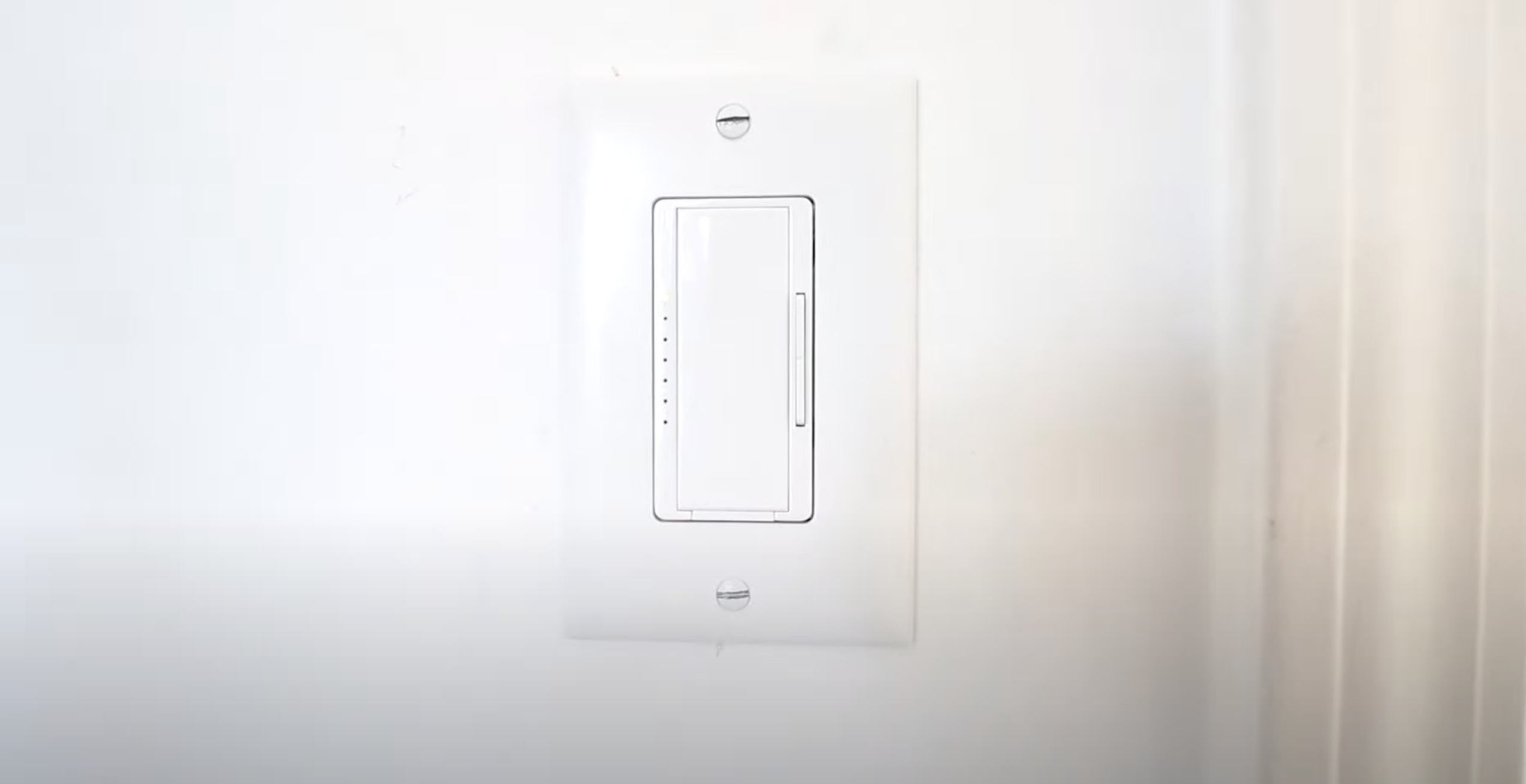
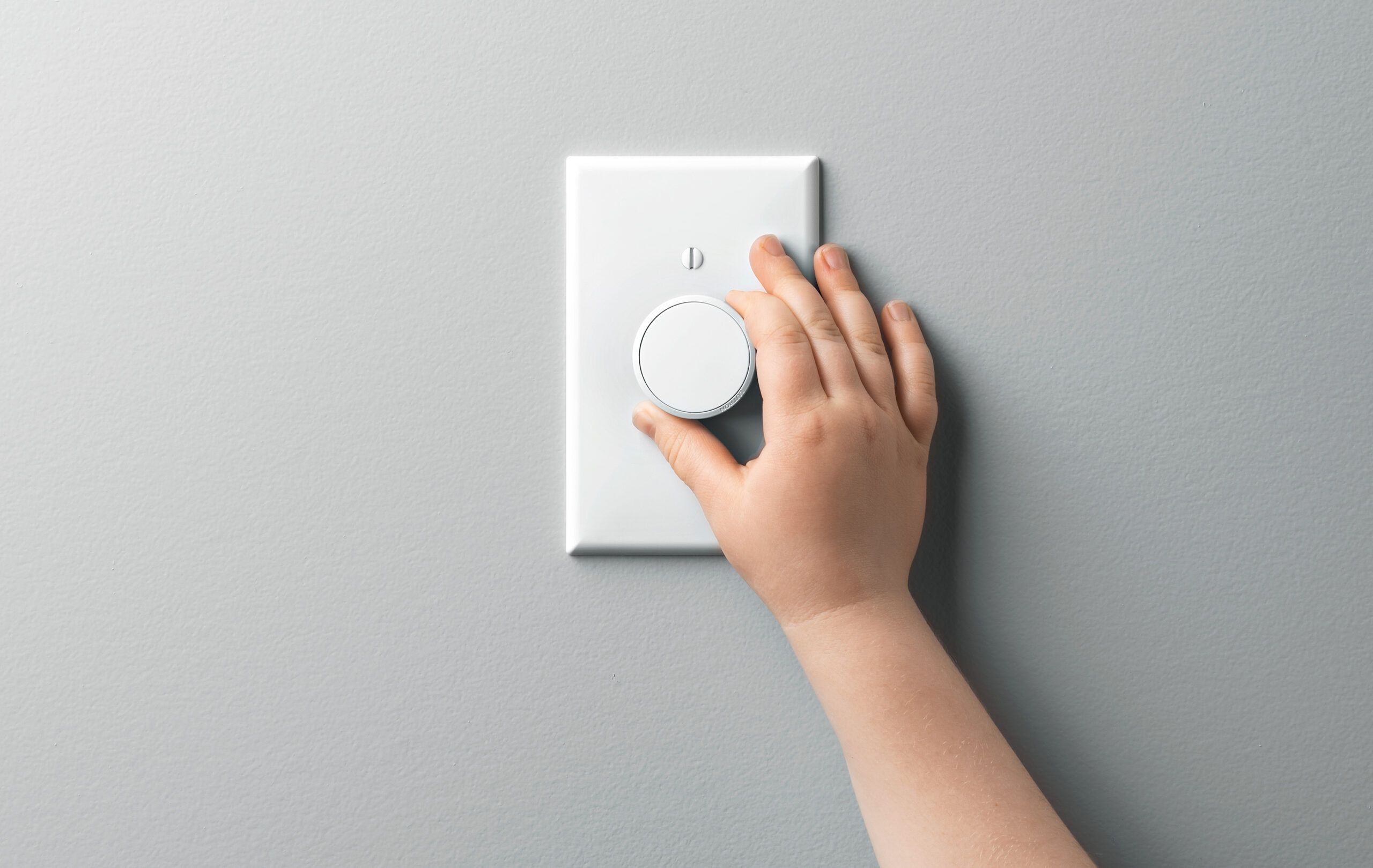
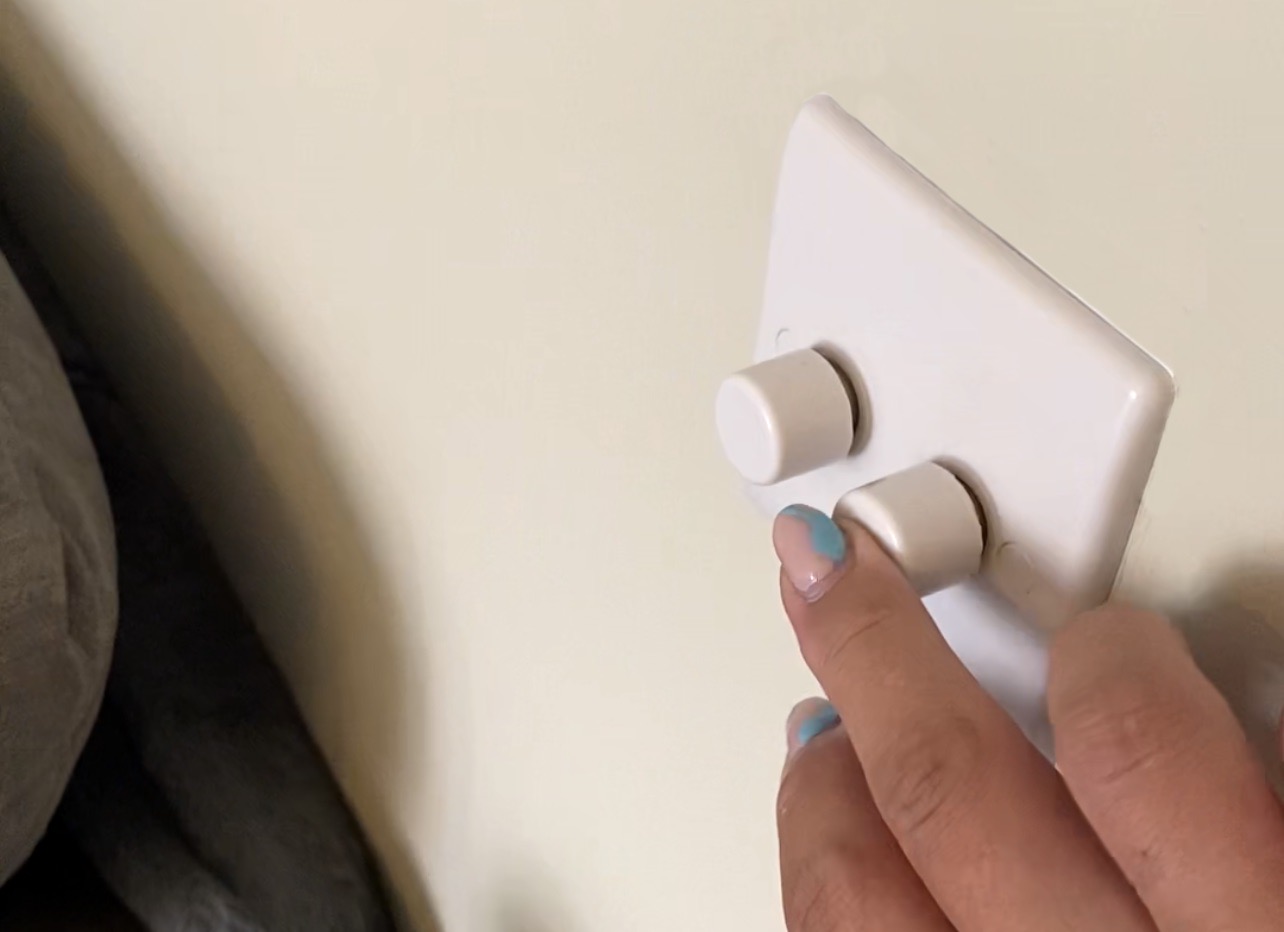
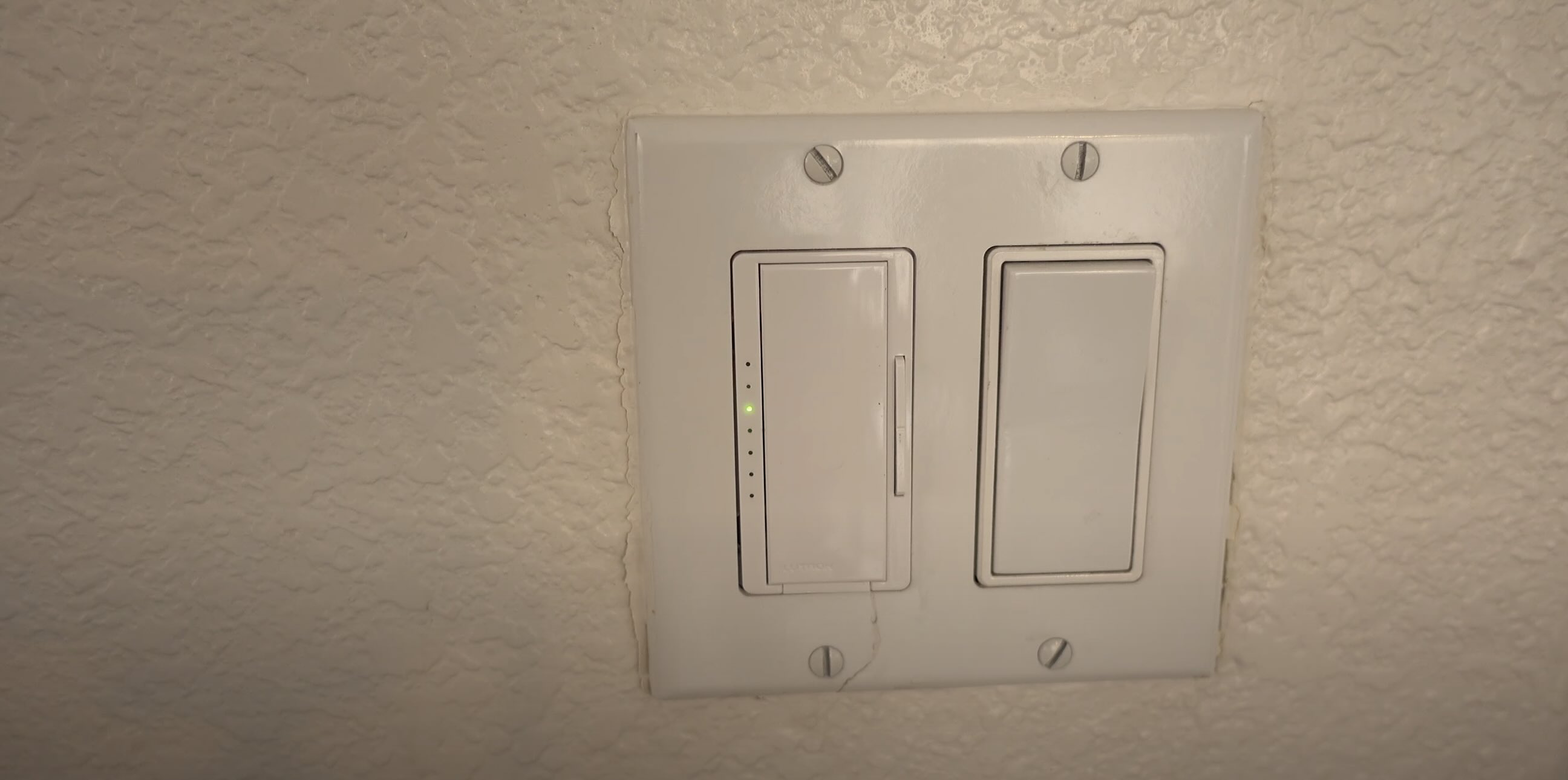
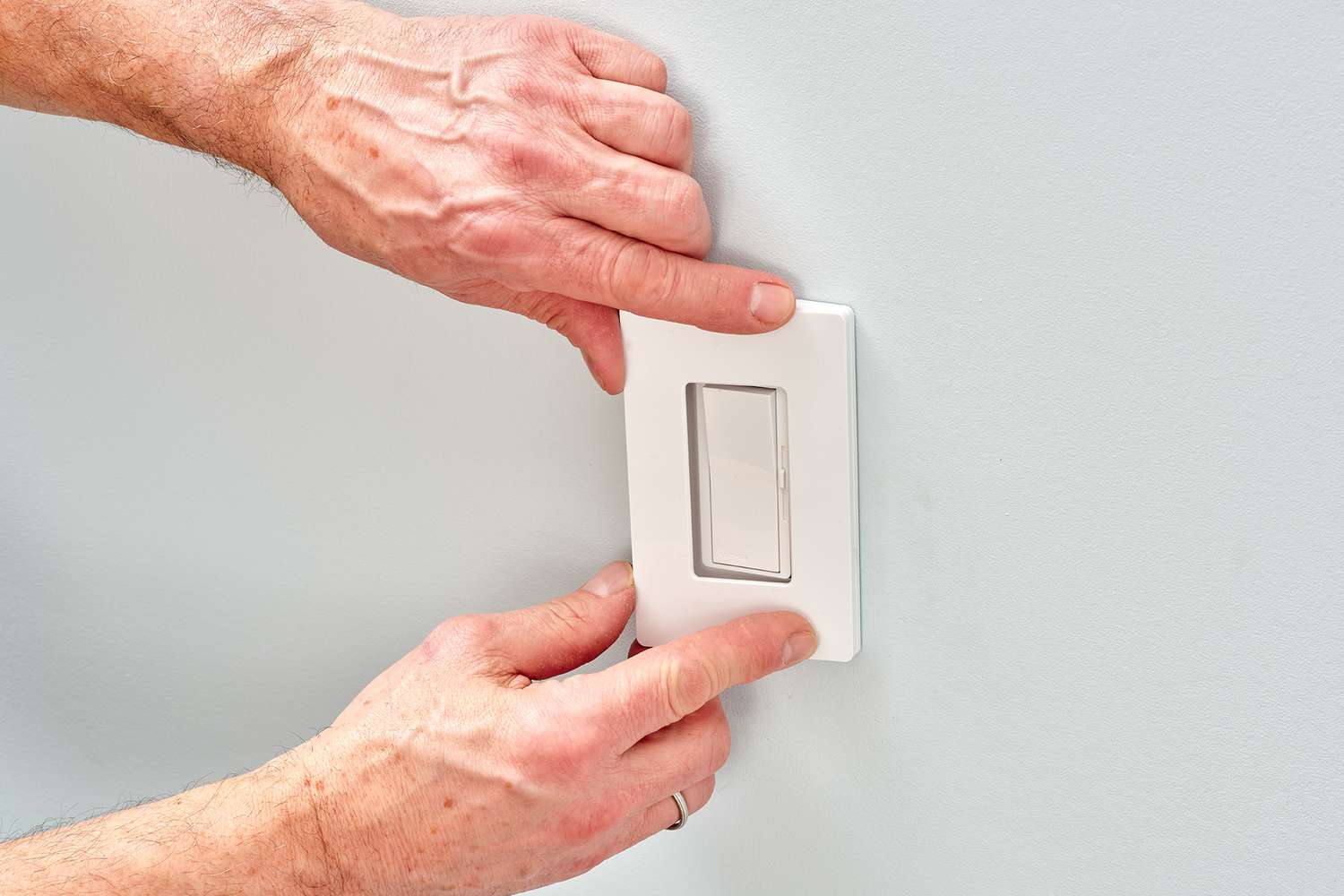
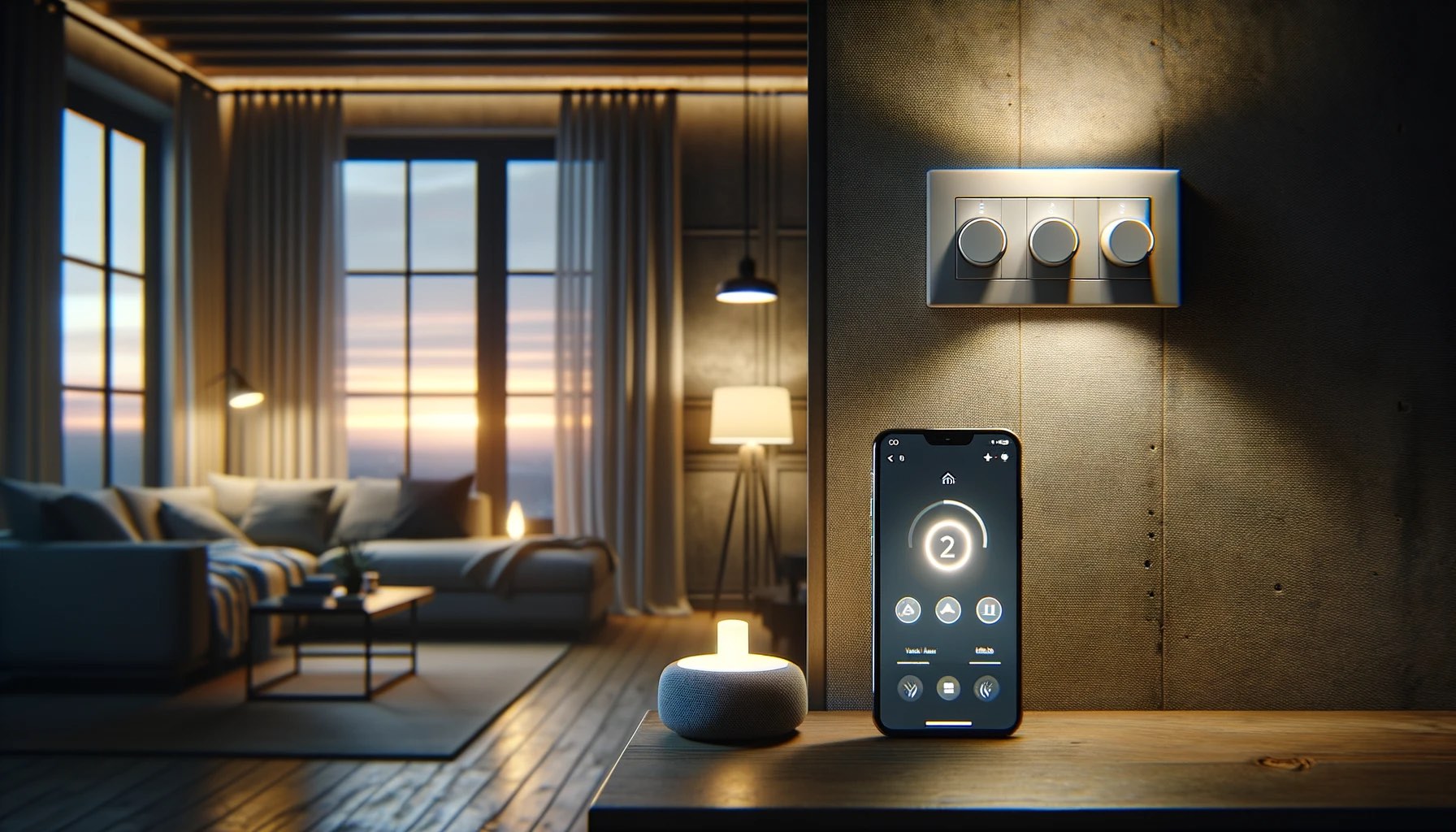
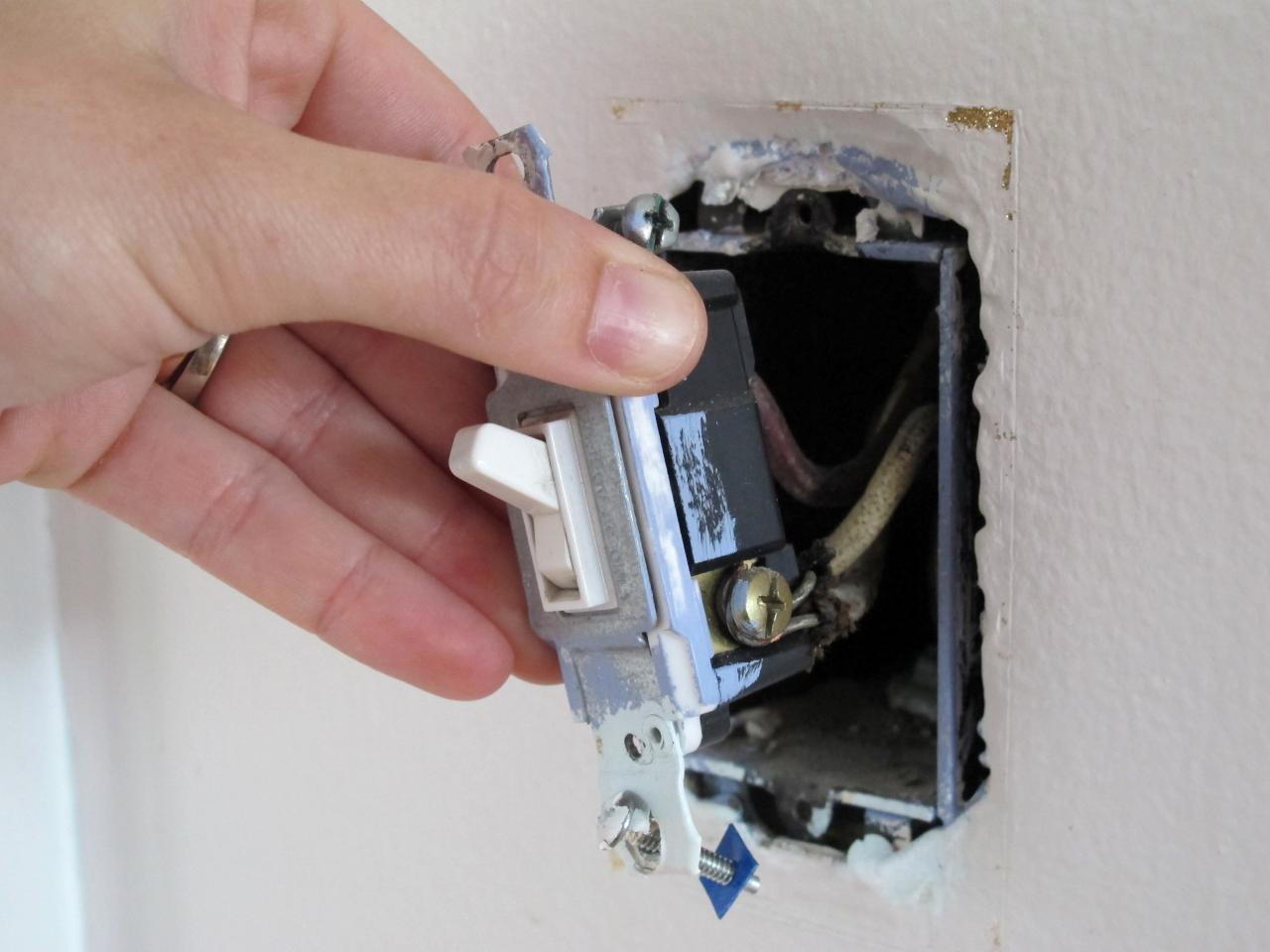
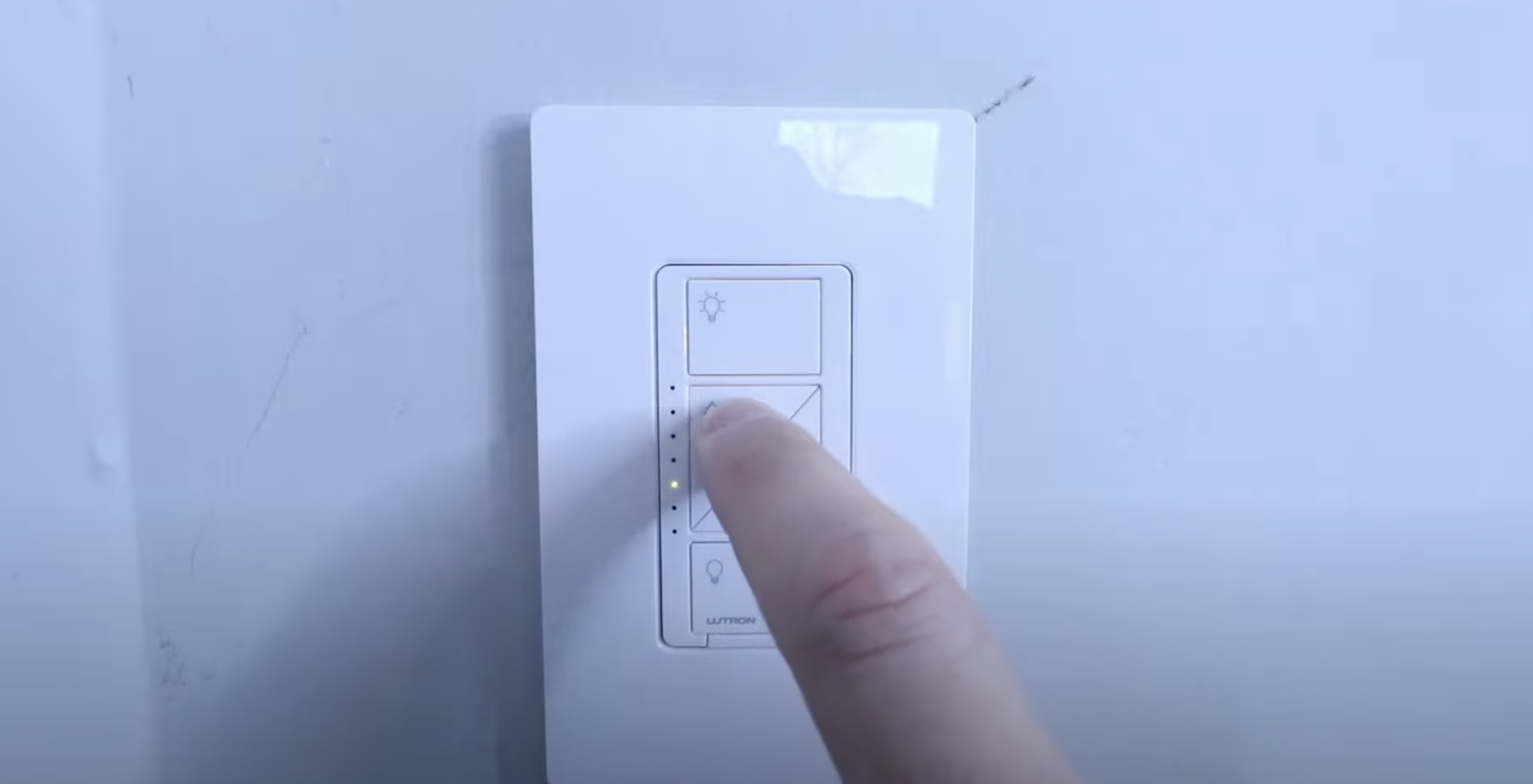
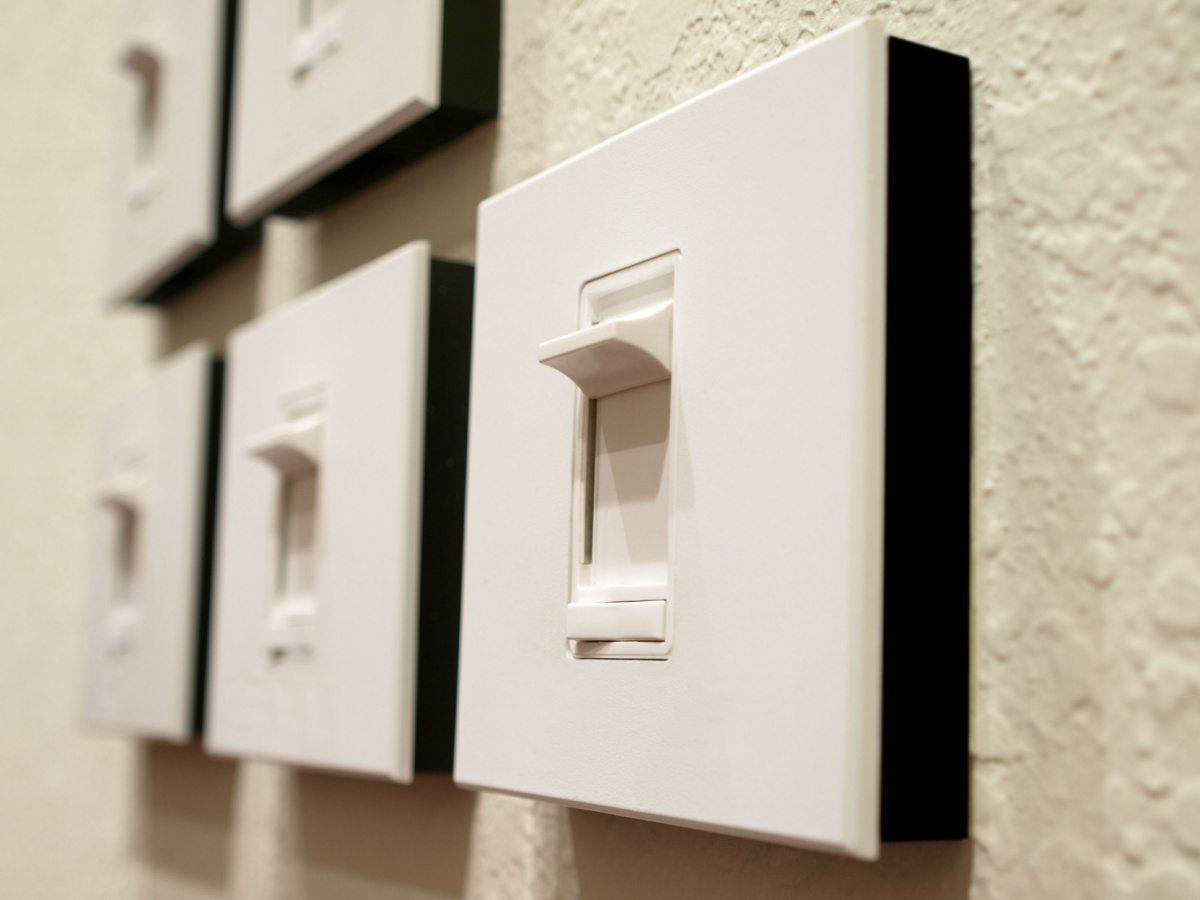
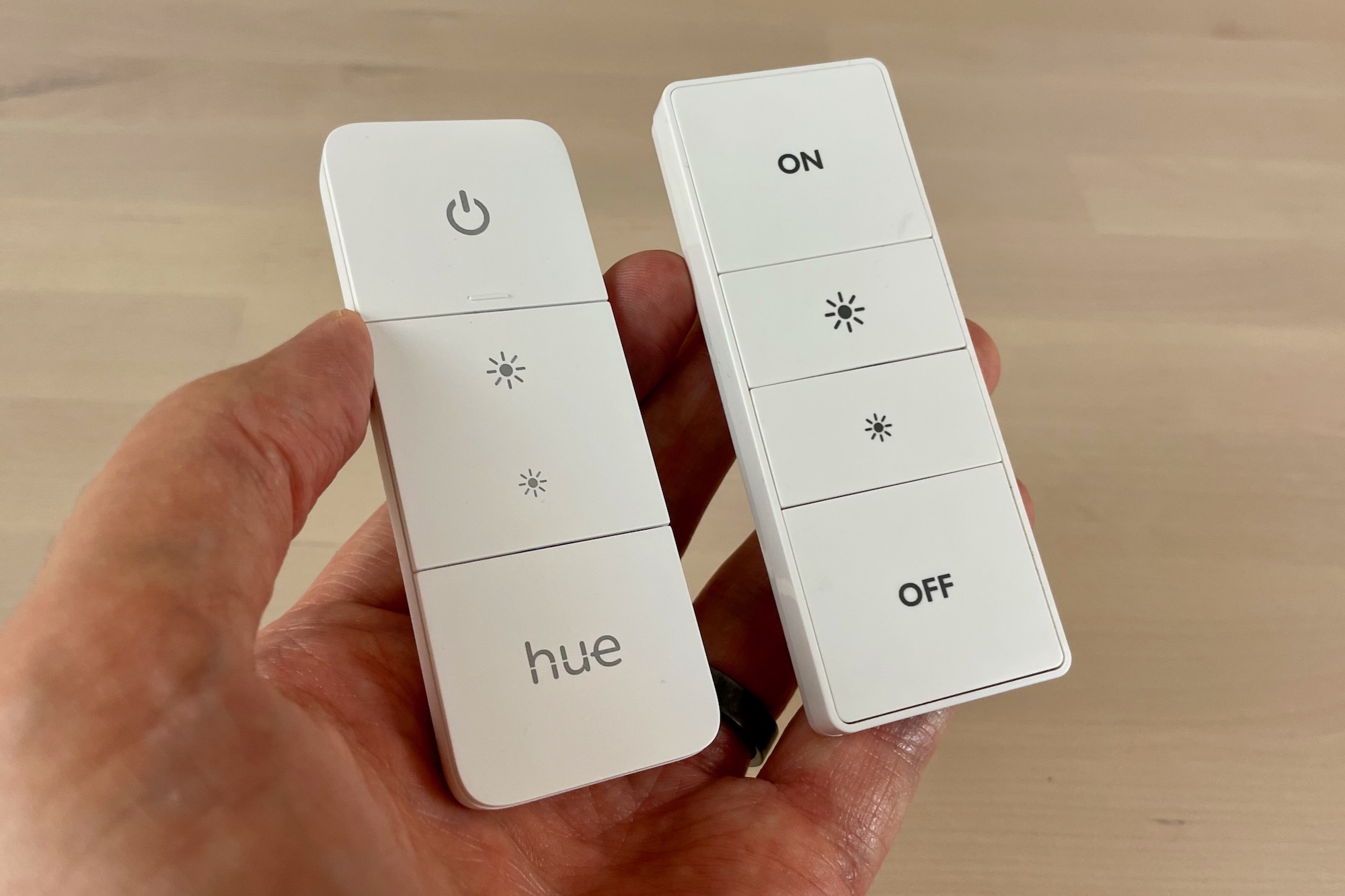
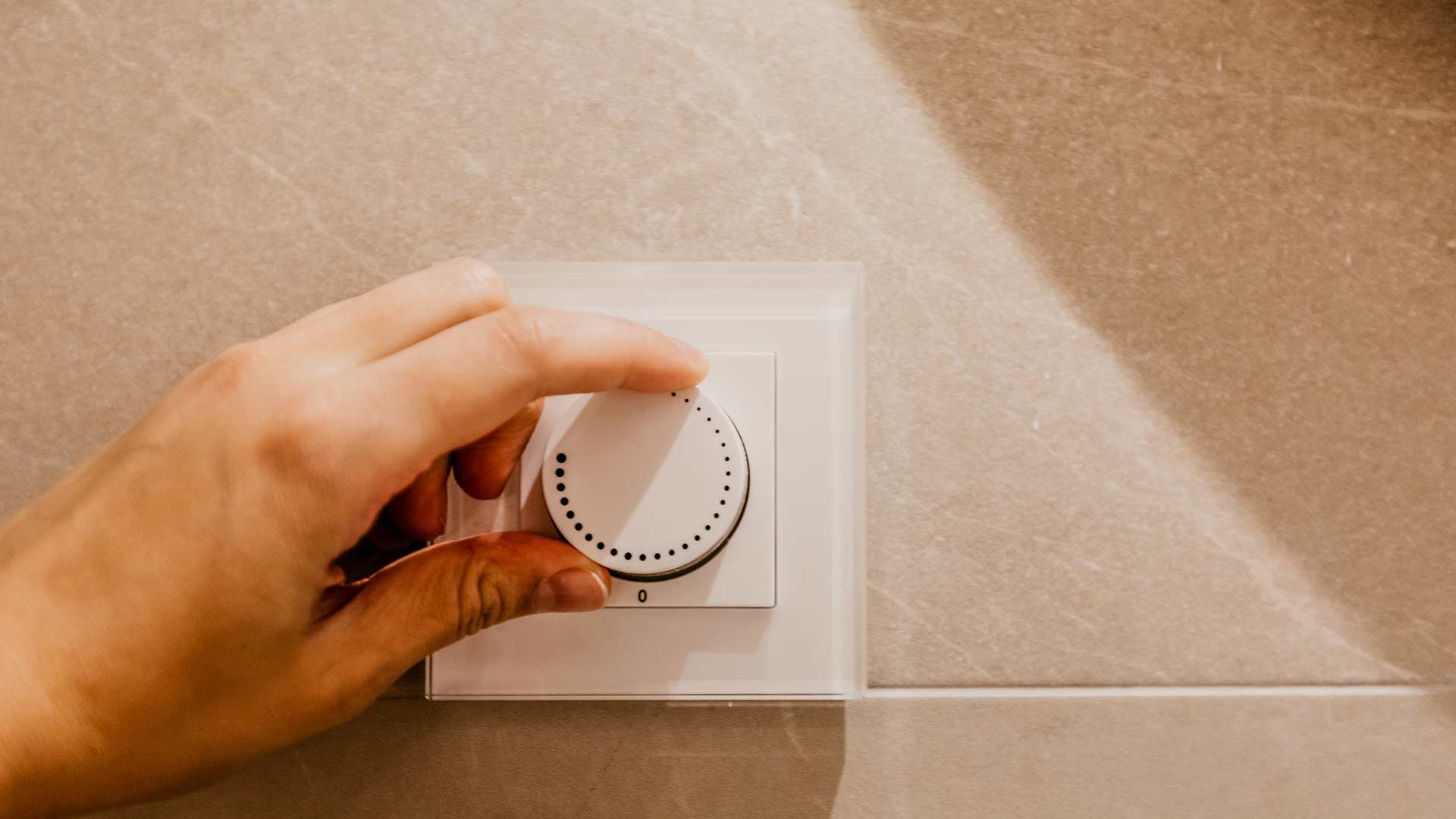
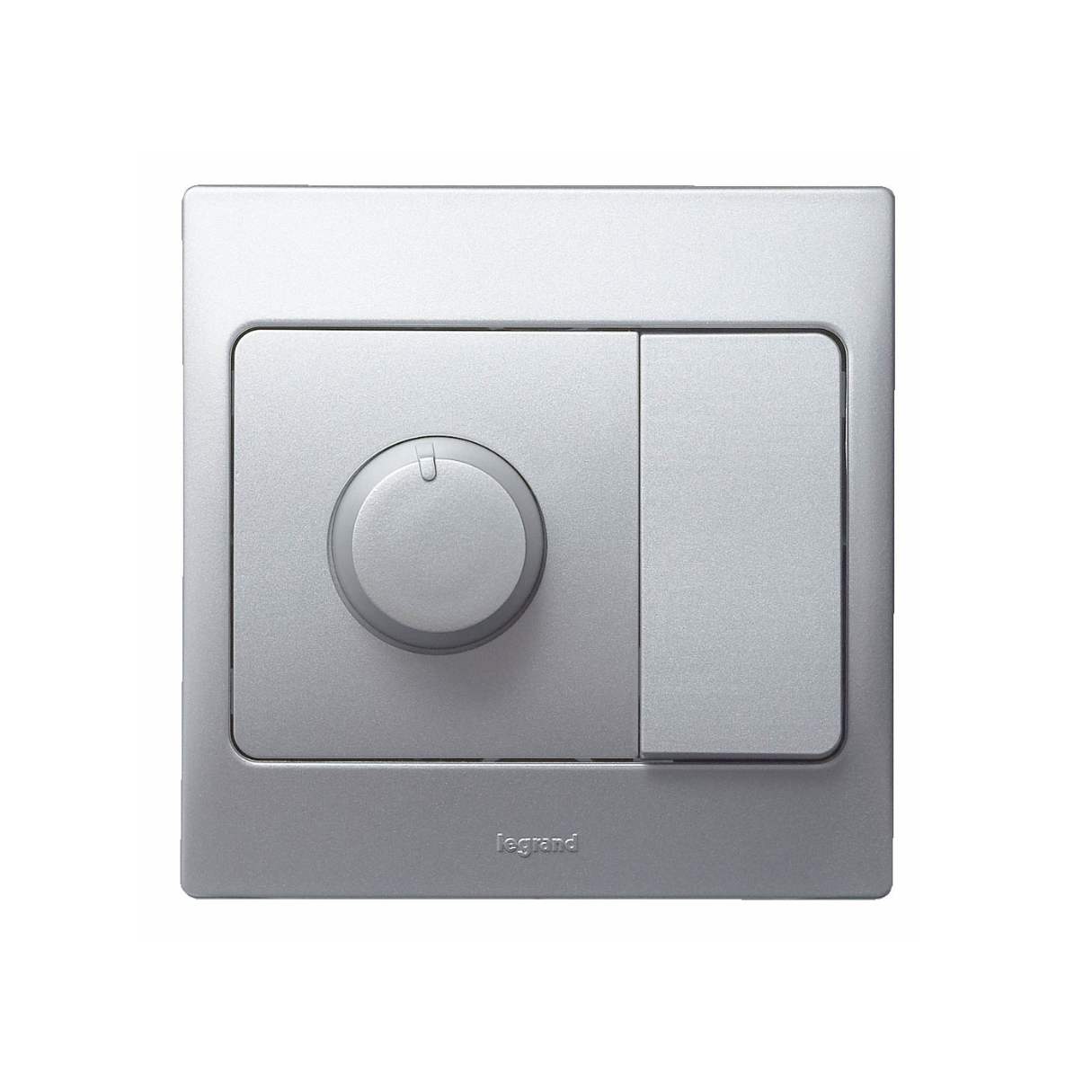


0 thoughts on “How Does A Dimmer Switch Work”